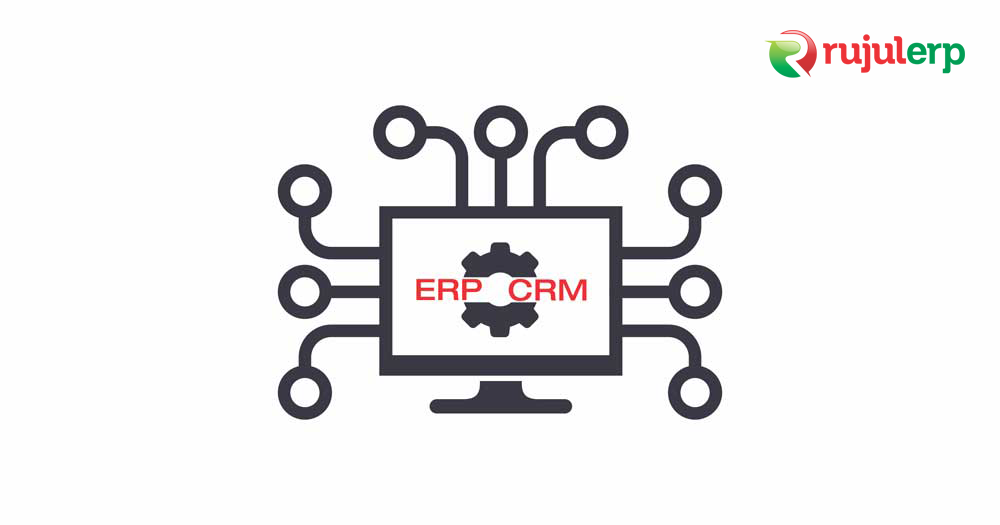A CRM (Customer Relationship Management) and ERP (Enterprise Resource Planning) are two necessary tools used by a business today. CRM handles all front end operations whereas an ERP handles all back-end related operations. Although the two systems are unique, when the two are combined they can improve your business in so many ways.
Why ERP and CRM integration is compelling?
ERP and CRM if used as two separate systems by an enterprise give rise to manual work. The organization has to always update the same data twice, into two systems, to ensure that the data is always synced. The process leads to human errors, delayed operation, confusion and duplication.
With an integrated approach, both systems will share a common database ensuring faster operation, synchronization and zero errors.
One of the biggest advantages of an ERP and CRM integration is that you get a complete view of your customer information. The information includes order history, purchases made, pending payments, buying behavior, etc. With so much information at a place, it becomes easy to gain insights that help a business grow and also make a long-lasting relationship with customers.
Entering data about a customer/client into two different systems can be confusing, leads to errors and can be a time-consuming process as well. When integrating the two systems companies can leave behind double entries, as both the systems would be having a single database accessible to the departments of the company.
Companies spend a good of money and hours training their employees. Imagine having to train your employees with two separate systems. You not only double your training cost but also lose a good amount of time, not just the one being trained but also the one who is training. But with an integrated system, companies can bring down the training time and cost, but also employees can also work better.
The most important benefit an organization would get with the two systems combined is improved collaboration between departments. Each department is different but at some point, they have to rely on other departments for certain data. The integrated approach makes it easy for different departments to access the required data in real-time, enabling the departments to work together to accomplish the same goals.
When you have just one system, you can open multiple branches at different locations quickly as you grow. Employees can access data and add reports ensuring visibility to the top management. No matter the location, your employees can view data and plan according to the demands and trends instantly.
The bottom line is, with the two systems working as a unified system simplifies the operations, helps the company to serve its customers better, improves sales of the company and reduces the cost, resulting in increased revenue of the company.





